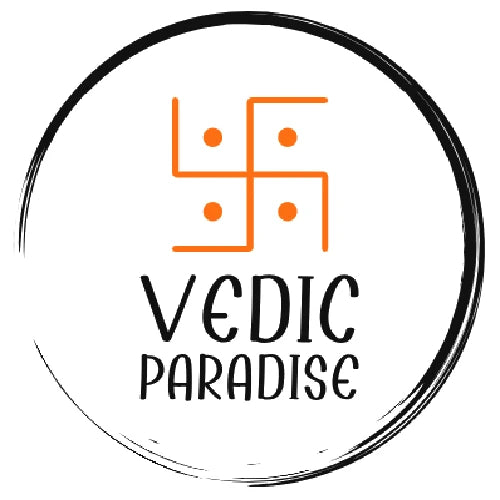Puja is performed in hinduism on a number of days, at different intervals, and in various locations. It could include a daily puja done at home, irregular temple rites, and yearly events. Other occasions when puja is held include the birth of a child, a house entrance ceremony (grihapravesh), the first time someone eats rice (annaprasana), a wedding, the brahmins' holy thread ceremony (upanayana ritual), or the start of a new business.
Ancient Times
Hinduism refers to domestic worship as puja or pooja. Hindus also worship other deities as part of their worship, treating them with the utmost care and reverence and making them a variety of offerings including water, fruit, incense, light, smoke, clothing, food, praise, and prayers. Following the ceremony, the worshippers or household members share the food that was offered to the deity.
Symbolism
An essential element of hindu worship is the pooja cloth. It enhances the puja altar's color and vibrancy, symbolizing the strength and power of the goddess durga, and is thought to strengthen the energy of the offerings laid out on it.
Material
It can be placed on mata ki chowki, puja tables, deity thrones, wooden bajot, pedestals, etc. Puja altar cloth is composed of pure quality high grade micro satin silk fabric and can be used as the foundation of your temple, particularly on the chowki of any puja or god puja table/god aasan/hawan.
Ritual Use
The hindu vallabhacharya sect, who are worshippers of the god krishna, uses a cloth hanging as the background for the pictures they worship in their temples. Pichhwais, a component of the temple's decoration, are regularly altered depending on the day, the season, and the event.
